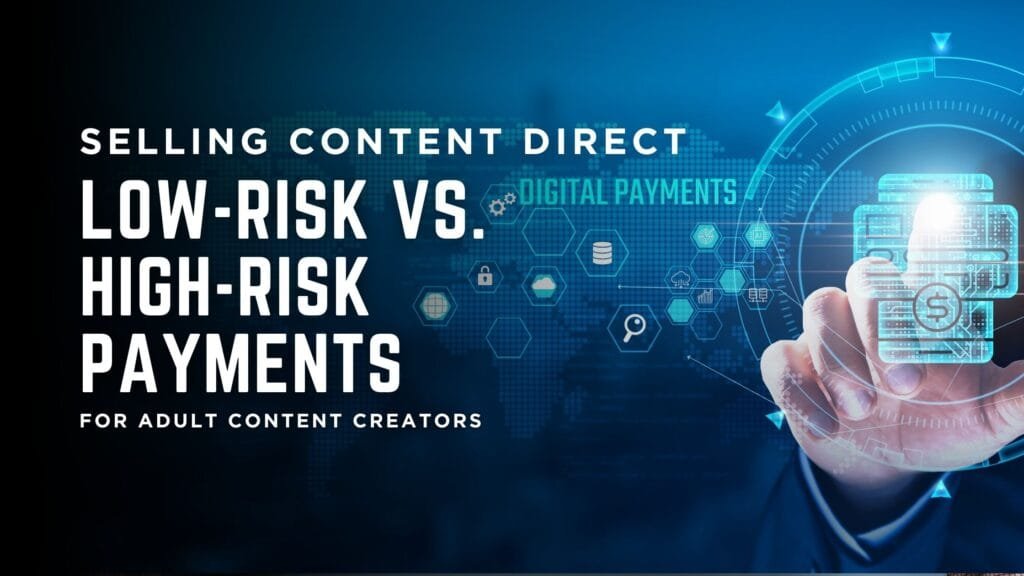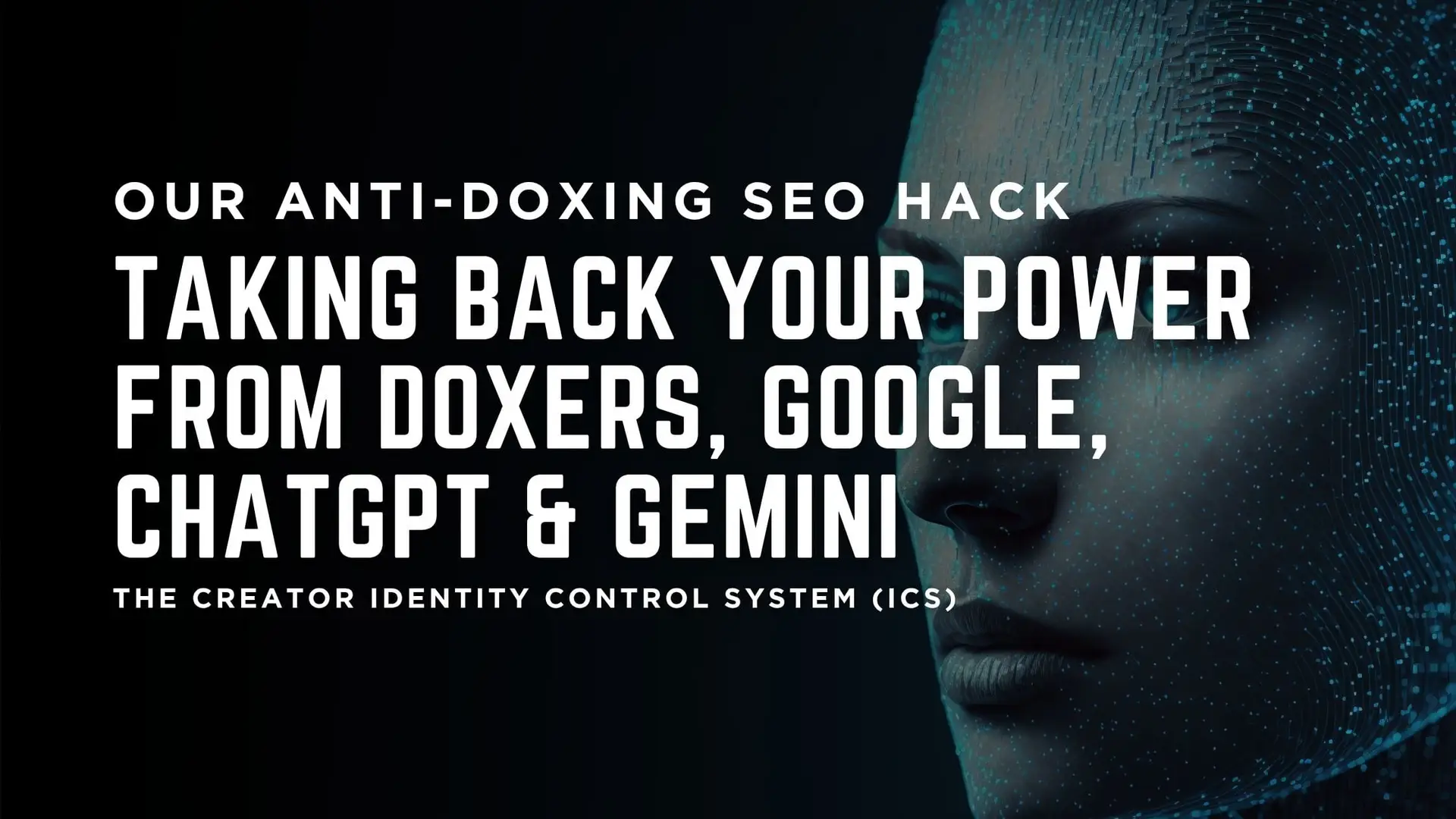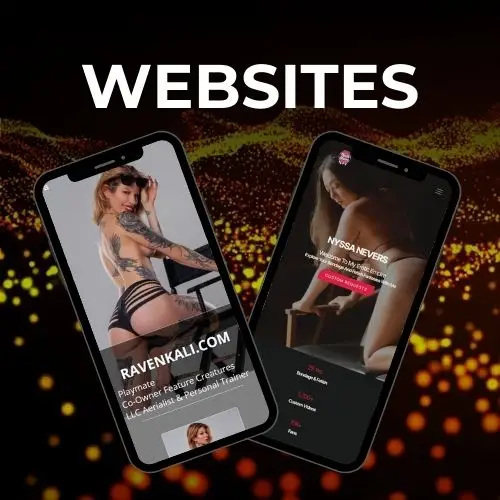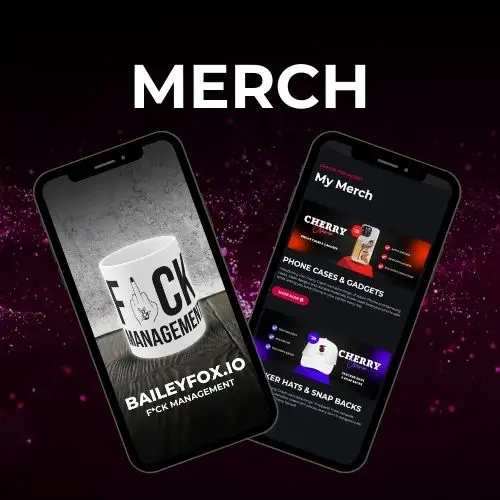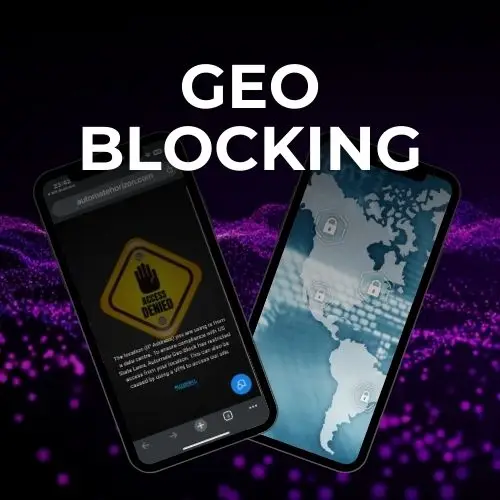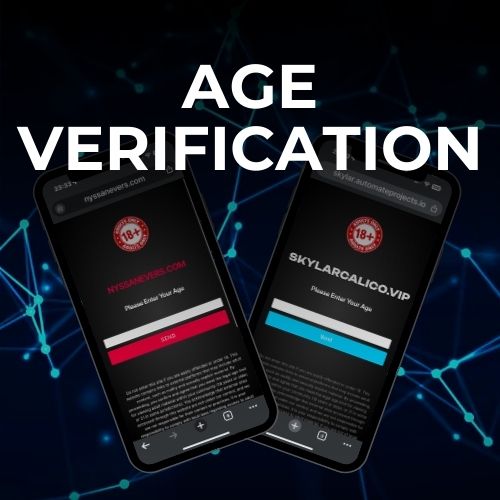So, you’re ready to take control and sell your amazing content directly from your own website. That’s fantastic! But when it comes to getting paid, things can get a little confusing. You might hear terms like “low-risk” and “high-risk” payments, and it can feel like a whole new language. Don’t worry, we’re here to break it down super simply.
Think of it like this: banks and credit card companies (like Visa and Mastercard) are a bit like cautious parents. They want to make sure everyone is playing by the rules and that nobody gets into trouble. Some businesses naturally have more “risk” attached to them, meaning there’s a higher chance of things like refunds or disputes. Your job as an adult content creator falls into that “higher risk” category for them.
Let’s clear up some key terms first:
Tangible Goods vs. Digital Goods
- Tangible Goods: Imagine anything you can actually hold in your hand and that comes with a tracking number. Think of it like a physical product you ship, a DVD, a printed photo book, or even merchandise like t-shirts. If it’s something you physically mail, it’s generally considered “tangible.”
- Digital Goods: This is anything you download or stream directly from your website. A photo, a video download, a live stream, or a subscription to exclusive content, these are all digital goods.
Age verification is a significant legal aspect of selling adult digital content, however, this article will focus on the financial side of things and why these distinction are so important and relevant to payments.
The Big Difference: Why Nudity Matters to Banks
Here’s the core of it: If your content involves nudity, it’s almost always considered “High Risk” by banks because it’s harder for them to prove a digital sale of nude content. They are more worried about fraud, people claiming they didn’t get what they paid for, or even illegal content (which is a huge no-no).
However, this risk is significantly mitigated when the content is on a tangible good. Because physical products have tracking numbers, they are a lower risk than digital goods. The bank is less worried about a chargeback because there is a provable physical product that was shipped and delivered. For example, our Automate Horizon dropship products fall into this category. Our suppliers allow for artistic nude and some suggestive content, but never anything explicit.
For a deeper dive into this topic, be sure to read our article on Navigating Nudity: Artistic Nude vs Explicit Content, What You Need To Know.
The Risk of Mainstream Payments
Beyond the legal and financial categories, it’s also critical to understand that most mainstream payment platforms (like PayPal and Stripe) are not a viable long-term solution for adult creators. These platforms have terms of service that explicitly prohibit adult content and can freeze or close your account without warning, regardless of whether you’re selling digital or tangible goods.
For a comprehensive breakdown of these risks and how to protect yourself, read our full guide: How Adult Creators Can Safely Navigate Payment Processing.
High-Risk Payments (Digital Nude Content)
If you’re selling digital content with nudity (like photo or video downloads, or streams), you’re in the “High Risk” category. Here’s what that generally means for you:
- Higher Fees: Expect to pay a higher percentage of each sale in processing fees. This is because the payment processors are taking on more risk.
- Rolling Reserves: This is super important to understand! A “rolling reserve” is a small percentage (often 5%) of your sales is held back by the payment processor for a certain period, usually 26 weeks (about 6 months). This money is held as a safety net in case there are a lot of refunds or chargebacks. You’ll get it back, but not right away. Think of it like a temporary savings account for the processor. If you close your account, you’ll still have to wait the full 26 weeks for your final payout.
- Chargebacks: The Silent Threat This is one of the most significant risks for any high-risk merchant. A chargeback happens when a customer contacts their bank to dispute a charge, effectively forcing a refund. Fans or customers claim they didn’t make the purchase, didn’t receive the item, or that the charge was unauthorized. For every chargeback, you pay a fee (often $15-$25). More importantly, a high volume of chargebacks can lead to your account being flagged or even terminated permanently. This is why rolling reserves are so critical—they act as a cushion to cover these disputes.
- Special Fees from Visa & Mastercard: Because your content falls into certain “Merchant Category Codes” (these are like special labels banks use for different businesses, like “Adult Content”), Visa and Mastercard charge extra annual fees. These are usually around $500 for Mastercard and $950 for Visa. Your payment processor (like CCBill) collects these and pays them for you.
- Company Name on Statements (DBA vs. LLC):
- Sole Proprietor (Just You): If you’re operating under your personal name, your personal government name will likely show up on your customers’ credit card statements. This isn’t ideal for privacy!
- LLC (Limited Liability Company): If you set up an LLC (which is a type of business structure), then the LLC’s name will show up on statements. This offers more privacy and protection. It costs a bit more (around $250-$300) and takes a bit of effort, but many creators find it’s worth it for the privacy.
- “On Match” List: This is a serious one. “On Match” is a Mastercard program where an account has been shut down by a processor because of too many problems (like too many chargebacks or fraudulent activity). Getting on this list makes it very hard to find another payment processor.
- User Login Accounts: For certain types of digital content, especially recurring subscriptions, the acquiring bank (the bank that processes the payment) and credit card companies might require that your customers have a login account on your site that doesn’t expire. This helps them track the service being provided.
- Not Worth It for Small Volumes: If you’re selling less than $2,000-$3,000 per week, the higher fees and complexities of high-risk processing might not be worth the hassle.
- Rates for High Volume: If you’re making $5,000-$10,000 or more per week, the better rates will become.
Low-Risk Payments (Tangible Goods)
If you’re primarily selling physical products, you might qualify for “Low Risk” processing.
- Tangible Goods: Selling physical items like printed photos, DVDs, or merchandise with tracking numbers is generally considered low-risk.
- Tracking Numbers: Why is this important? Because you have proof of delivery! This means the likelihood of a chargeback (people disputing they purchased the item) is significantly reduced.
- Lower Fees: The processing fees are usually much lower for low-risk transactions (e.g., 3.9% + 50 cents per transaction).
- Shorter Rolling Reserve: If there’s a rolling reserve at all, it’s typically for a much shorter period, like 8 weeks.
- No Annual Fees from Visa/Mastercard (for this specific type of content): You generally won’t pay those extra $500/$950 annual fees for low-risk content, because it doesn’t fall under the same “Merchant Category Codes” as high-risk adult content.
Can You Mix and Match?
It’s really, really hard to sell both high-risk (digital content) and low-risk (tangible) content from the same website and have the payments split correctly. Banks and payment processors often can’t easily tell the difference between transactions for “sexy” and “sexual” content on the same platform. It usually means you’d need multiple accounts, and that’s usually not possible with a single website.
The common approach is to set up your account under the high-risk processing agreement if you have any nude digital content. This means all your transactions, even low-risk ones, might be processed at the higher rates.
- Low Risk (under a High Risk Account): About 3.9% + 50 cents per transaction.
- High Risk (under a High Risk Account): About 10% + 5% rolling reserve + the $950 VISA and $500 Mastercard fees.
A Complete Guide to Protecting Your Payments
To truly master direct sales, you need to understand the full ecosystem of payments and how to protect yourself.
The Full Payment Processing Stack
Don’t be confused by the term “payment processor.” The process actually involves two key parts:
- Payment Gateway: This is the technology that encrypts your customer’s payment information and securely sends it to the merchant account. Think of it as the digital cash register on your website.
- Merchant Account: This is the actual bank account that holds the funds from a credit card sale before they are transferred to your business bank account. Often, a single company provides both of these services.
Chargeback Prevention & Management
Chargebacks are a major threat to your business. Here’s how you can proactively prevent and manage them:
- Preventive Measures: Always have a clear and prominent refund policy. Provide a dedicated customer support email or phone number and respond quickly to inquiries. Use a recognizable billing descriptor so your customers know exactly what the charge is for, preventing “I don’t recognize this” chargebacks.
- How to Fight Back (Representment): When a chargeback occurs, you have the right to fight it by submitting evidence to the bank. This evidence can include a copy of the receipt, the customer’s IP address, and any correspondence you’ve had with them. While it can be time-consuming, a successful representment can save you from losing the sale and chargeback fees.
Application & Underwriting
When you apply for a high-risk merchant account, you’ll need to provide documentation to the processor. You will need:
- Business Documents: Proof of your business structure (like your LLC registration) and a brief business plan.
- Personal & Financial Info: Your personal ID, Social Security Number, and recent bank statements.
- Content & Website Info: The processor reviews your content to verify its legality and ensure your website has proper security and age-verification measures in place.
Security and Compliance
The most successful direct sellers are proactive about security. You must ensure your site is compliant and secure.
- PCI Compliance: This is the industry standard for securely handling credit card data. Your payment processor will help you meet these requirements.
- SSL Certificates: Make sure your website uses an HTTPS connection, which encrypts data and is essential for any site that handles payments.
- Fraud Prevention Tools: Utilize the tools your processor provides, such as geolocation blocking (to prevent transactions from high-risk countries), CVV checks, and address verification systems (AVS).
The Automate Horizon Advantage
Navigating the complexities of high-risk payments can be overwhelming. This is where Automate Horizon is uniquely positioned to help. All of our Merch Packages, including the CEO Package and Ultra Packages, come with a personal onboarding service. Automate Horizon acts as your Technical Point of Contact for your CCBill account. We manage the entire onboarding process, ensuring website compliance, and handling the integration with your dropship merch store. We run tests, checking the payment integrations for you to make sure your payment process seemlessly, working directly with CCBill on your behalf, providing a streamlined and hassle-free experience.
Get Started with Your CCBill Account Today
If you’re one of our web clients already, you can ready to get started with a CCBill account application and be up and running in a matter of days, simply visit our CCBill Onboarding Page to complete our streamlined and fast initial intake form. This form goes directly to the CCBill Account Onboarding Team and the Automate Horizon Development Team, and is the fastest way to get you up and running with your CCBill account fast. As a CCBill partner we can usually expediate the process and get you taking payments in under a week; however, if you are proactive and keep on top of your communication with Automate Horizon and CCBill during the onboarding phase, this can be as little as 72 hours.
In a Nutshell: Key Takeaways for You
- Nudity = High Risk: If your digital content includes nudity, expect higher fees, a longer “rolling reserve” (money held back), and annual fees from Visa and Mastercard.
- Tangible Goods = Low Risk: Selling physical items with tracking is much simpler and cheaper for payments.
- Chargebacks are a Big Deal: Manage your customer service and be proactive to avoid them, as too many can get your account shut down.
- Privacy (LLC): Consider setting up an LLC to keep your personal name off customer statements.
- Know Your Numbers: If you’re not making much money from direct sales yet, the costs and complexities of high-risk processing might not be worth it. But if you’re pulling in good numbers, it’s definitely something to consider for more control and potentially better rates over time.
- Payment Processors are Cautious: They want to avoid fraud and illegal activity, which is why there are so many rules and fees for “high-risk” industries.
Understanding these basics will help you navigate the world of direct sales and make smart decisions for your business. Good luck!
